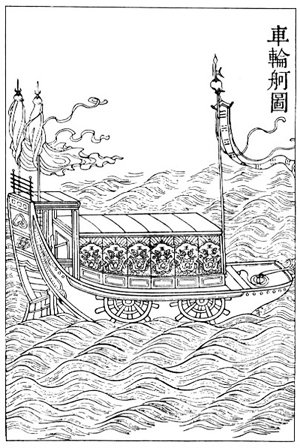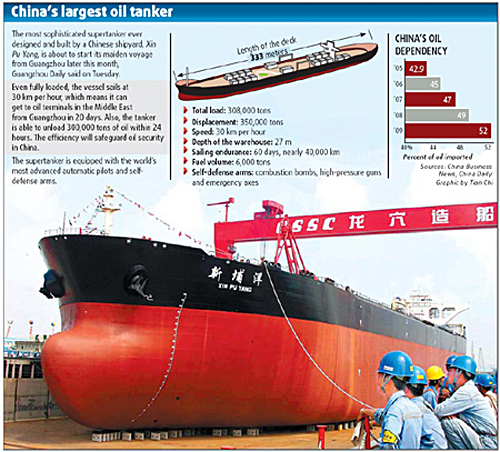Steam Comes to China
Today, steam comes to China. The University of Houston's College of Engineering presents this series about the machines that make our civilization run, and the people whose ingenuity created them.
Historian Hsein-chun Wang asks us to think about China and steam. China had no steam power in 1839 when the first Opium War with Great Britain began. And Britain used its early steam-powered gunboats in their lop-sided victory over the Chinese. Wang tells how, when the second Opium War began, seventeen years later, China had yet to take the first steps toward creating a steam navy of her own. And she suffered another devastating defeat.
The Taiping Rebellion overlapped the Second Opium War. That terrible civil war ultimately left around twenty million people dead -- mostly civilians who died of starvation and disease.
During the Rebellion a general named Zeng set out to develop Chinese steam technology. Two of his engineers ran a project that resulted in a primitive steamboat in 1864. It was 26 feet long. A one-cylinder engine drove it along the Yangzi River at seven miles-an-hour. It was little better than Fulton's or Fitch's steamboats over a half century earlier. Zeng also managed to get his people to build a steam driven machine shop.
Much was made of this indigenous Chinese technology when, in fact, it'd clearly used western-made elements. Even then, it was all minimal. Yet, by 1868, Zeng's vision had led China to begin making successful steam vessels. The Taiping Rebellion and the Opium Wars were now over, and technology could move forward, following its natural flow. That flow meant building upon what was already known. Now China openly adapted off-the-shelf western equipment. In only one generation, she'd gotten into the game.
 Qing Dynasty isolationism had begun precisely when steam technology began growing up in the west. The Dynasty took form in 1644. That was just as Otto von Guericke was inventing his vacuum pump and first demonstrating the huge forces that gases could exert. During the next two centuries, China was cut off from the long torturous evolution of western steam power: Newcomen's engine, Watt's engines, Trevithick's locomotive, Naismith's steam forge.
Qing Dynasty isolationism had begun precisely when steam technology began growing up in the west. The Dynasty took form in 1644. That was just as Otto von Guericke was inventing his vacuum pump and first demonstrating the huge forces that gases could exert. During the next two centuries, China was cut off from the long torturous evolution of western steam power: Newcomen's engine, Watt's engines, Trevithick's locomotive, Naismith's steam forge.
Wang describes the very few early 19th-century Chinese writings about steam engines. They reflect an attempt to learn, all at once, what'd taken the west so long to learn. Of course they're littered with misconceptions -- that smoke somehow makes the paddle wheel turn, or that British ships use some kind of fire-enhanced animal treadmill down in their hulls.
But now, fueled by Zeng's vision, China tied into the greater river of technological change. These were the dog days of the Qing Dynasty. As it crumbled, a whole system of thinking changed. And China began taking its place on a world-wide stage. That'd happened other times in her history -- during the technology-rich medieval Song Dynasty, for example. The wrenchingly difficult, but surprisingly brief, emergence of steam technology was an early sign of the next sea change in Chinese identity.
I'm John Lienhard at the University of Houston, where we're interested in the way inventive minds work.
(Theme music)
H-C Wang, Discovering Steam Power in China, 1840s-1860s. Technology and Culture,Vol. 51, No. 1, January 2010, pp. 31-54.
My thanks to my colleague Li Sun for his valuable counsel. Images: the seriously-flawed image of a Chinese paddle-wheel ship above is from a 1726 Qing Dynasty encyclopedia (courtesy of Wikipedia). The Xin Pu Yang image below is widely circulated on the Internet. I do not know its source.

Chinese shipbuilding in 2010: The Xin Pu Yang, China's largest supertanker.